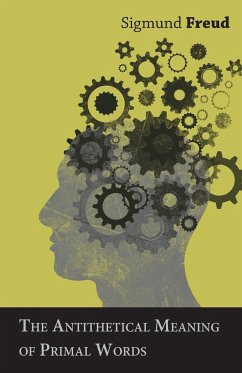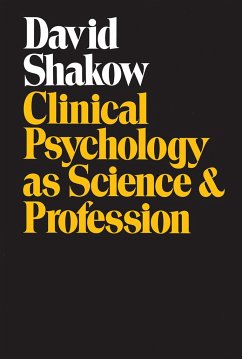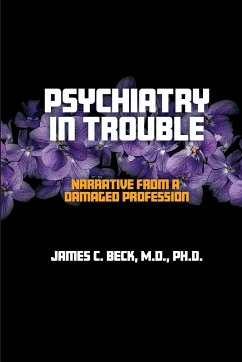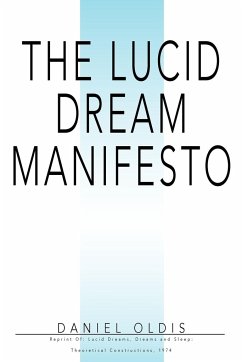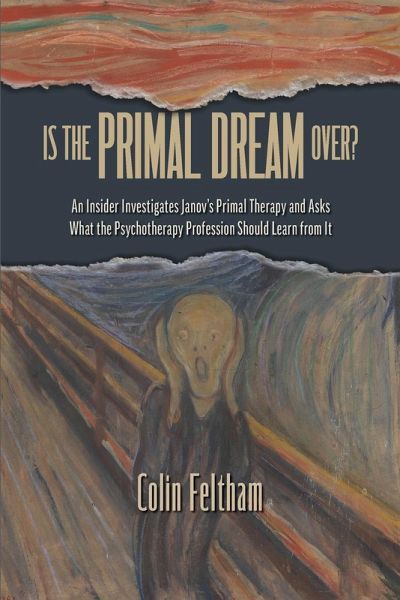
Is the Primal Dream Over? An Insider Investigates Janov's Primal Therapy and Asks What the Psychotherapy Profession Should Learn from It
Versandkostenfrei!
Versandfertig in 1-2 Wochen
18,99 €
inkl. MwSt.

PAYBACK Punkte
9 °P sammeln!
Colin Feltham, now an Emeritus Professor of Counseling in the UK, was a patient in Arthur Janov's primal therapy in 1978 to 1979. Lured by the hyperbolic promises in The Primal Scream (1970), touted as the (only) cure for neurosis, he went to Los Angeles for the 'real thing', since Janov warned against so-called mock primal therapists. Like many others, he was sorely disappointed by this expensive therapy. Applying scholarly analysis, investigative zeal, self-disclosure, and some humor, Feltham pores over Janov's claims critically in this important book. Did primal patients really recall vivid...
Colin Feltham, now an Emeritus Professor of Counseling in the UK, was a patient in Arthur Janov's primal therapy in 1978 to 1979. Lured by the hyperbolic promises in The Primal Scream (1970), touted as the (only) cure for neurosis, he went to Los Angeles for the 'real thing', since Janov warned against so-called mock primal therapists. Like many others, he was sorely disappointed by this expensive therapy. Applying scholarly analysis, investigative zeal, self-disclosure, and some humor, Feltham pores over Janov's claims critically in this important book. Did primal patients really recall vivid emotional traumas from early childhood, birth and womb-life? How did Janov develop his therapy from 1967 until his death in 2017? Did confabulation play a large and unrecognised role in Janov's construction of primal therapy? What attracted so many big names like John Lennon to Janov's Primal Institute in West Hollywood? What explains the discrediting and near-obsolescence of primal therapy today? Professor Feltham doesn't stop there but asks if the denigration of primal therapy masks the failures of many other, more sober and even 'evidence-based' forms of modern psychotherapy. Readers interested in psychotherapy generally and some of its cult-like qualities will find this book fascinating.






